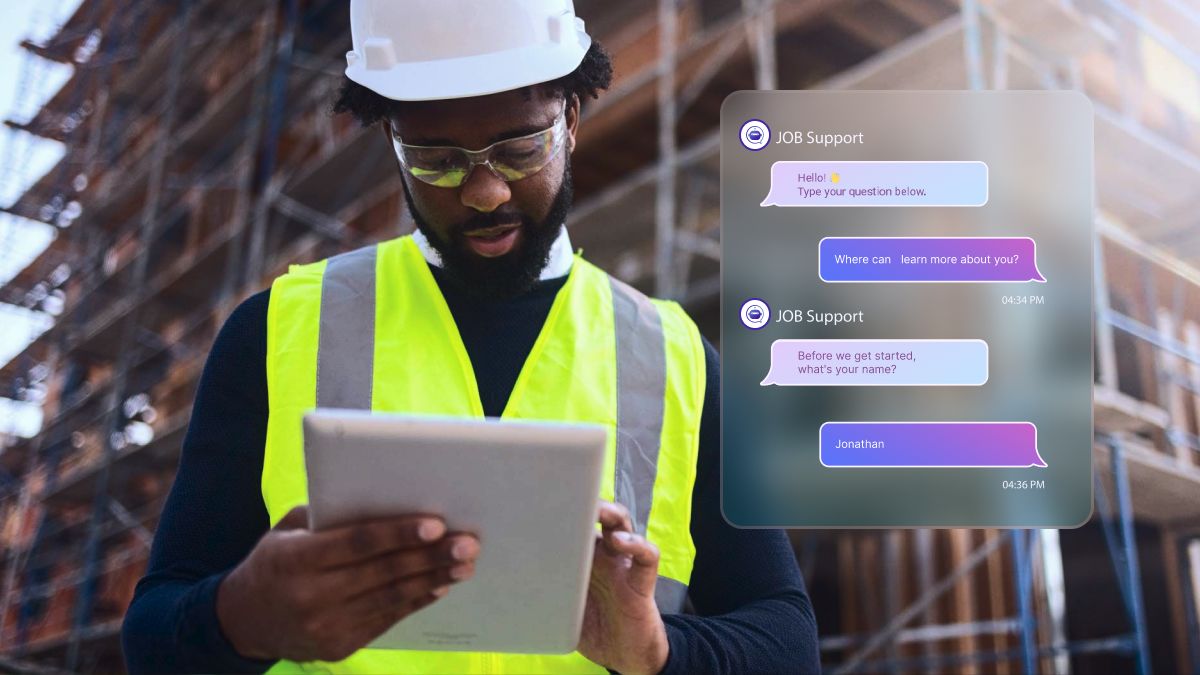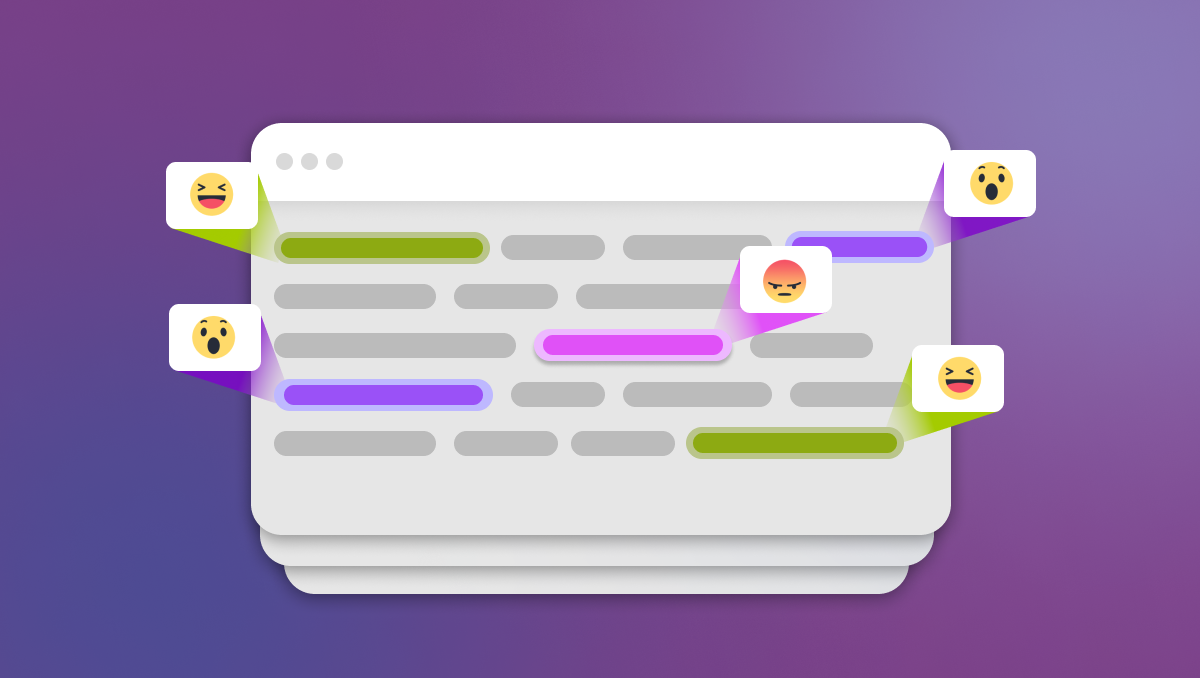Communicating Construction Updates With AI
Urban areas are characterized by dense populations, heavy traffic, and limited roadway infrastructure. As a result, when building projects are carried out in these locations, traffic flow is frequently severely disrupted. In addition to decreasing productivity and aggravating commuters, traffic delays can raise pollution from idle cars. What if there was a way construction companies could update commuters and pedestrians about ongoing projects to help people better plan their trips ahead of time?
In this article, we will take a look at how AI chatbots can help streamline communication between construction companies and commuters and the data annotation needed to train this technology.
Communicating With Pedestrians

The City of San Antonio is using an AI chatbot called Talkin’ Broadway, which is a cutting-edge location-based chatbot that lets users engage in text-based discussions about a 2017 Bond Project that’s now underway on Lower Broadway. By placing QR codes throughout the corridor, you may improve awareness and accessibility to information about the bond project, which is expected to be finished in the summer of 2024. Talkin’ Broadway is the first of its type in the City, providing a creative and engaging means to close the knowledge gap between the public and the City’s building initiatives.
The target audience consists of those who are looking for updates about ongoing construction, locals looking for more information about the bond project, and tourists navigating Broadway and surrounding streets to get to local shops. A chatbot technology is used by Talkin’ Broadway to deliver personalized information about construction at locations around the Lower Broadway corridor. Through a brief QR snapshot or text message, this creative method informs the community about construction updates, project specifics, and information about the corridor, enabling people to better understand their surroundings and use local resources. Both Spanish and English are available for use with the system. There may be more language translations available in later versions.
What Additional Uses of Chatbots in the Construction Industry?

AI chatbots can help construction companies with things like project management since construction projects involve extensive planning, coordination, and logistics. Chatbots can help to improve the efficiency of project management by simplifying these procedures. They can automate monotonous jobs like creating reports, keeping track of project progress, and reminding people to attend meetings.
Moreover, chatbots can interface with project management programs, giving stakeholders real-time access to and updating project data. In addition to fostering teamwork, this removes the need for manual data entry, lowering the possibility of mistakes and increasing data accuracy.
In addition to this, chatbots could also improve safety. Chatbots can assist employees in staying educated and taking the required safety precautions by offering instant access to safety rules, protocols, and emergency procedures. Furthermore, chatbots are capable of tracking and evaluating data from several sources, including wearables and sensors, to spot possible security risks. They can notify managers and employees about possible hazards, allowing preventative action to be taken before mishaps happen.
What Types of Data Annotation are Needed to Train AI Chatbots?

Various types of data annotation are needed to train AI chatbots, such as entity annotation, which is one of the key procedures in creating training datasets for chatbots and other chatbot applications. It is the process of identifying, removing, and labeling textual elements. Thanks to this data annotation technique, AI models can recognize named entities, keyphrases, and elements of speech in texts by using entity annotation. Annotators must carefully read the text, identify the target entities, highlight them on the annotation platform, and select a label from a predefined list in order to complete this work. Entity annotation is frequently used in conjunction with entity linking to aid AI models in their further learning of named entities.
In addition, entity linking is also necessary, which is the process of connecting the entities identified during entity annotation with more information about them. This can include things like end-to-end linking, which is the combined steps of doing entity disambiguation and entity recognition. The user experience and search functionality are both enhanced by entity linking. It is the responsibility of annotators to connect identified entities in a text with a URL that provides additional details about the entity.
Trust Mindy Support With All of Your Data Annotation Needs
Mindy Support is a global provider of data annotation services and is trusted by Fortune 500 and GAFAM companies. With more than ten years of experience under our belt and offices and representatives in Cyprus, Poland, Romania, The Netherlands, India, OAE, and Ukraine, Mindy Support’s team now stands strong with 2000+ professionals helping companies with their most advanced data annotation challenges.




